Tray dryer
Industrial Tray Dryer using top quality materials and with temperature controllers that offer the latest in solid state heat sensing technology. These are used in various applications like baking, drying, preheating in chemical.
Report Abuse
Shipping Details
Based on 0 reviews
Be the first to review “Tray dryer”
You must be logged in to post a review.
Vendor Information
- Store Name: ATLANTIC Scientific and Research Supply
- Vendor: ATLANTIC Scientific and Research Suply
- No ratings found yet!
-
Health & Medical
Ph meter
This meter can test pH,mV and temperature in water solution,it is suitable used in lab for those units from industrial and mining enterprises,university and scientific research organ etc.
There is a microprocessor chip inside the meter and the appearance of meter looks nice with easily operation.For notable features read as follows:
1)Large LCD with white background can display both pH and temperature value a the same time.
2)It has intelligent functions for automatic calibration,automatic temperature compensation,data storage/recall,memory max. and min. value etc.
3)Automatically display the percentage of slope after finishing calibration.
4)ºC and ºF can be switched freely.
5)Equipped with Model 600 electrode holder and calibration buffer solution,which is more convenient to use.SKU: n/a -
Health & Medical
Disintegration Double Vessel
1 There are twelve tubes in two basket assembly.
2 Each test station is driven independently. Auto stop at timing point.
3 The bath liquid can achieve an even temperature.
4 A MPU is used to automatically control the temperature, time and frequency of nacelle back and forth.
5 Timing at will. The preset and real time data can be displayed alternately in time.
6 Automation: auto-test, auto-diagnose, auto-alarm.
SKU: n/a -
Health & Medical
UV-spectrophotometer single beam
Simple & clear keyboard operation provides auto 0% & 100% adjustment, Error free T-A transformation, faster setting and direct concentration readout functions.
Imported Tungsten (W) Lamp, long service life.
Spacious sample compartment, suitable for various dimensions optical path rectangular cells(100mm max).SKU: n/a -
Health & Medical
Water-Deionizer
Water Deionizer Industrial Waste Water Treatment Equipment Machine
How Water Deionizer Industrial Waste Water Treatment Equipment Works
The Reverse Osmosis process uses a semi-permeable membrane to separate and remove dissolved solids, organics, pyrogens, submicron collodial matter, viruses, and bacteria from water. The process is called “Reverse” Osmosis since it requires pressure to force pure water across a membrane, leaving the impurities behind. Reverse Osmosis is capable of removing 95 – 99% of the total dissolved solids (TDS) and 99% of all bacteria, thus providing safe, pure water.SKU: n/a

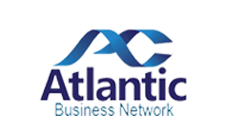
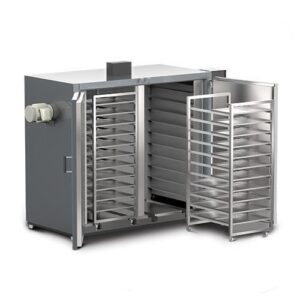

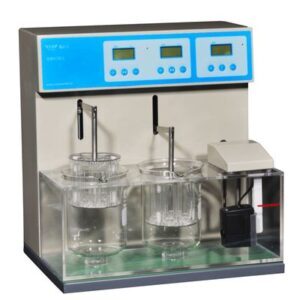
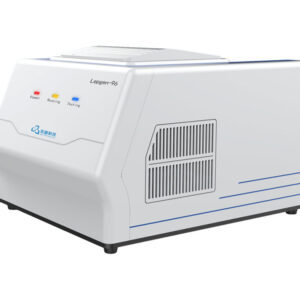
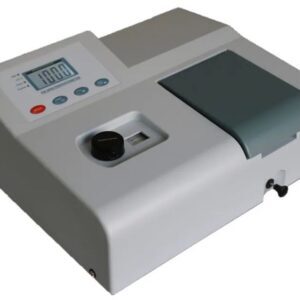
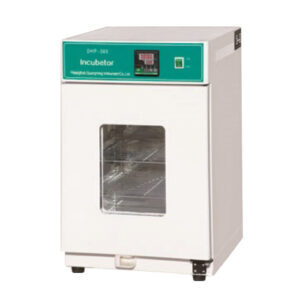
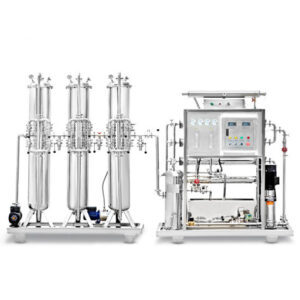
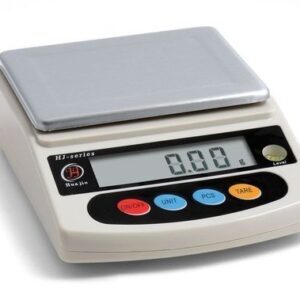
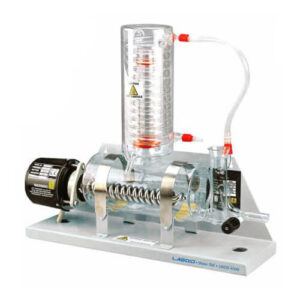

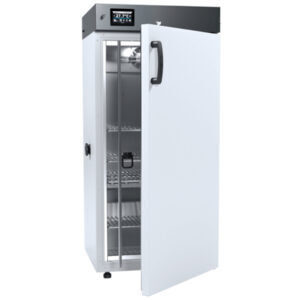
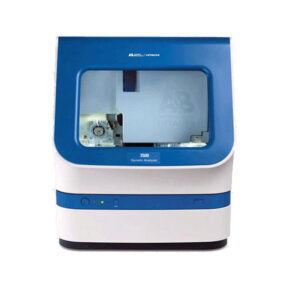
There are no reviews yet.